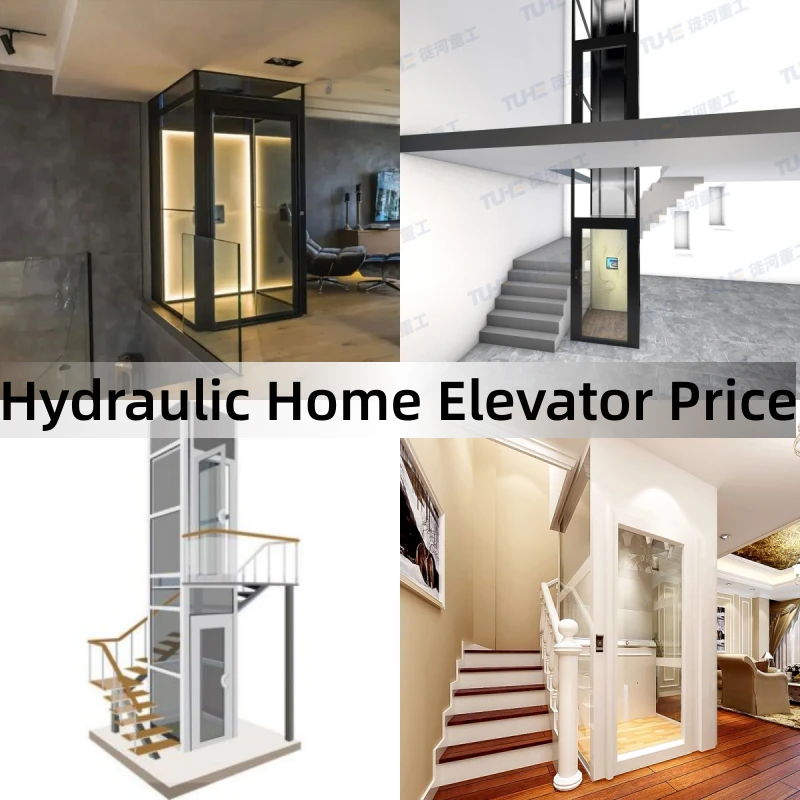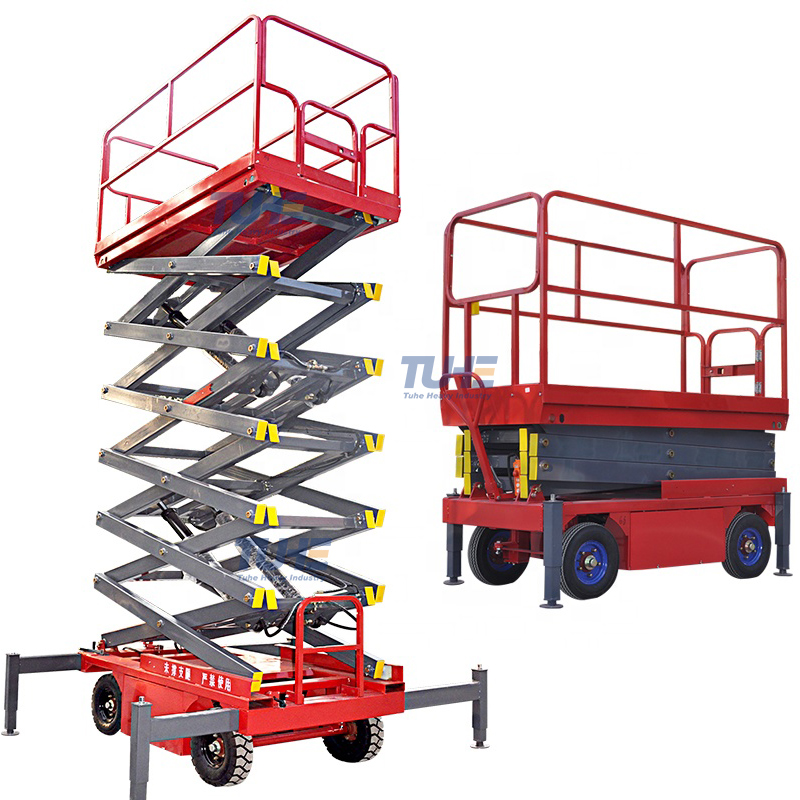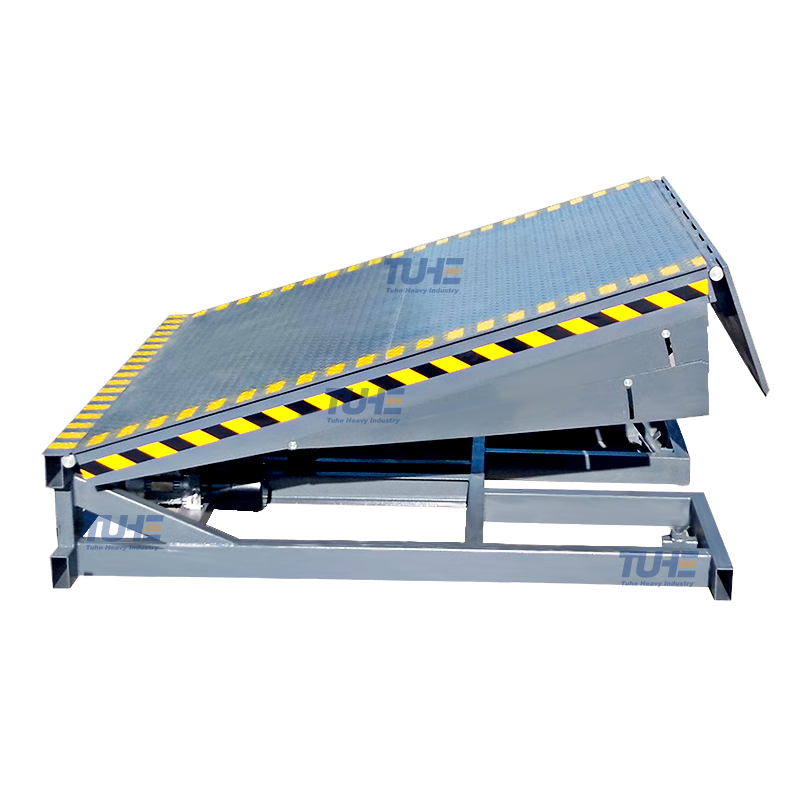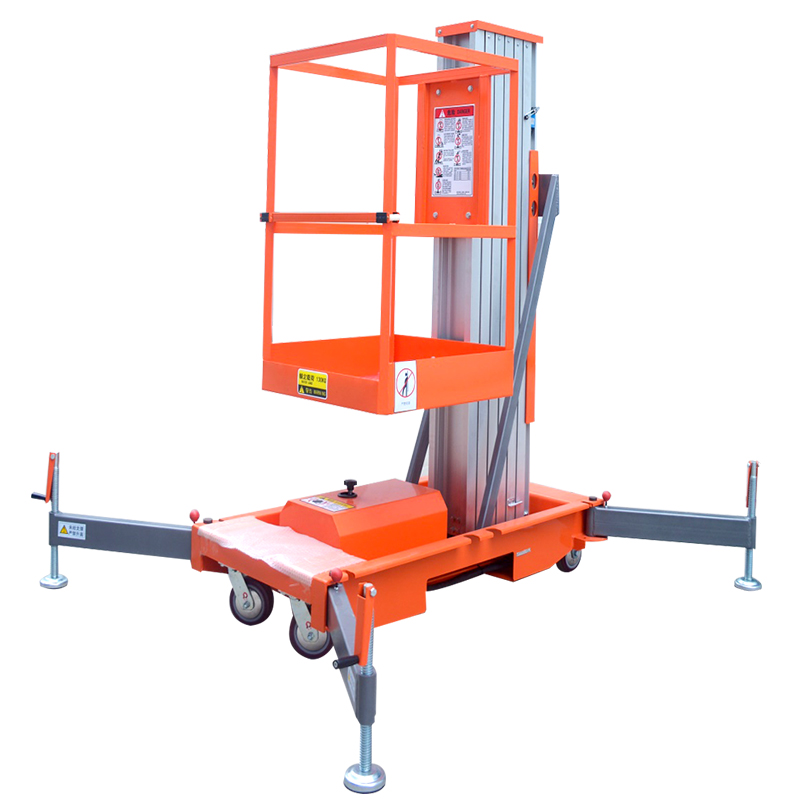Introduction
As modern living standards rise, homeowners increasingly seek convenience, safety, and accessibility within their residences. One major trend is the installation of hydraulic home elevators. These elevators are popular for private houses, villas, and small buildings due to their compact design, smooth operation, and affordability compared to traction systems. However, one of the most pressing questions for homeowners is: How much does a hydraulic home elevator cost?
This article provides a detailed breakdown of hydraulic home elevator prices, factors affecting costs, regional variations, long-term expenses, and market research data. We will also introduce Tuhe Lift, a leading Chinese manufacturer, to highlight cost-effective and high-quality solutions for global buyers.
What is a Hydraulic Home Elevator?
A hydraulic home elevator is a type of lift that operates using hydraulic fluid pressure. Unlike traction elevators that rely on ropes and counterweights, hydraulic lifts use a piston driven by fluid to raise and lower the elevator cabin.
Key Features:
Smooth and quiet operation
No machine room required (machine can be located in a small cabinet)
Suitable for 2–4 story houses
Can carry loads of 250–500 kg
Energy-efficient and reliable
Hydraulic elevators are especially popular in residential settings where space and budget constraints exist.
Average Hydraulic Home Elevator Price
The price of a hydraulic home elevator varies depending on the region, specifications, and customization. According to global market surveys, the average cost range is between $18,000 and $35,000 for a standard 2–3 floor home installation.
Table 1: Average Hydraulic Home Elevator Price Range by Region
| Region | Price Range (USD) | Notes |
|---|---|---|
| United States | $20,000 – $35,000 | Higher labor costs, strict safety codes |
| Europe | $22,000 – $32,000 | Focus on energy efficiency, higher compliance costs |
| China | $15,000 – $25,000 | Lower manufacturing and installation costs |
| Middle East | $18,000 – $30,000 | Custom luxury finishes increase costs |
| Southeast Asia | $16,000 – $28,000 | Competitive pricing, growing adoption |
| Australia | $20,000 – $30,000 | Costs similar to Europe, high import duties on foreign products |
Insight: Hydraulic home elevators manufactured in China, such as those from Tuhe Lift, are more affordable due to direct factory pricing, while maintaining international certifications (CE, SGS).
Factors Affecting Hydraulic Home Elevator Price
When evaluating hydraulic home elevator costs, it is important to consider not just the base price but also the variables that impact total investment.
Key Cost Drivers:
Number of Floors / Travel Height
Each additional floor increases costs by 10–15%.
Example: A 2-floor elevator may cost $18,000, while a 3-floor installation may rise to $25,000.
Cabin Size and Load Capacity
Standard cabin: 250–320 kg load, fits 2–3 people.
Larger cabins (400–500 kg load) cost $3,000–$5,000 more.
Customization and Finishes
Basic models come with standard steel and glass panels.
Luxury finishes (marble flooring, touch screens, wooden panels) can increase costs by 20–30%.
Safety Features
Emergency lowering system, backup power, anti-fall safety systems.
Essential for elderly and disabled users; adds $1,000–$3,000.
Installation Costs
Labor and construction modifications (shaft, pit, power connection).
Typically 20–25% of total cost.
Table 2: Breakdown of Hydraulic Home Elevator Price Components
| Cost Component | Percentage of Total | Example (USD 25,000 elevator) |
|---|---|---|
| Base Equipment | 60% | $15,000 |
| Customization | 10% | $2,500 |
| Safety Features | 5% | $1,250 |
| Installation & Labor | 20% | $5,000 |
| Maintenance (1st year) | 5% | $1,250 |
Maintenance and Long-Term Costs
The initial price of a hydraulic home elevator is only part of the investment. Long-term maintenance and energy usage also matter.
Annual Maintenance Cost: $500 – $1,200 (includes fluid checks, safety inspections).
Energy Consumption: 30–50% lower than traction elevators; average $150/year electricity bill.
Lifespan: 20–25 years with regular servicing.
Table 3: Hydraulic vs. Traction Elevator Long-Term Cost Comparison
| Feature | Hydraulic Elevator | Traction Elevator |
|---|---|---|
| Initial Cost | Lower | Higher |
| Annual Maintenance | $500–$1,200 | $800–$1,500 |
| Energy Consumption | Moderate | Higher |
| Space Requirement | Compact | Needs machine room |
| Lifespan | 20–25 years | 25–30 years |
Conclusion: For private homeowners, hydraulic elevators are more cost-effective in both upfront investment and long-term maintenance.
Global Market Insights
According to Fortune Business Insights (2023), the global home elevator market was valued at USD 17.3 billion in 2022 and is projected to reach USD 25.5 billion by 2028, growing at a CAGR of 6.5%. Hydraulic systems account for 35% of home elevator installations, making them one of the most preferred solutions.
Drivers of market growth:
Aging population and demand for barrier-free living.
Rising construction of luxury homes and villas.
Technological improvements in compact design and safety.
Why Choose Tuhe Lift Hydraulic Home Elevators?
When considering both price and quality, Tuhe Lift stands out as a competitive global supplier.
Tuhe Lift at a Glance:
Founded in 2012 by 6 senior engineers in Jiyang, China.
Scale: 3 workshops, 1 exhibition hall, 300+ employees.
Product Range: 6 major series, 50 varieties including home lifts, scissor lifts, mast lifts, cargo lifts.
Global Reach: Exports to USA, Australia, Germany, Algeria, Peru, and more.
Certifications: CE, SGS, meeting international safety standards.
Service Commitments:
1-day design solution
7×24 online service
7-day delivery
1-year warranty
One-stop solution with OEM customization
Why Tuhe Hydraulic Home Elevators are Cost-Effective:
Factory-Direct Pricing: Lower than Western brands by 20–30%.
Customization Flexibility: Tailored cabins, finishes, and dimensions.
High Cost-Performance Ratio: Durable systems with reliable safety.
International Recognition: Installed in both developed and developing markets.
Practical Tips for Buyers
When planning to purchase a hydraulic home elevator, keep these tips in mind:
Request Multiple Quotes: Compare both local suppliers and global manufacturers.
Check Certifications: Ensure CE/SGS or equivalent compliance.
Plan for Maintenance: Budget annual service to ensure long lifespan.
Consider Space Early: Consult with architects during home design.
Work with Reputable Brands: Choosing manufacturers like Tuhe Lift ensures product quality and after-sales support.
Conclusion
The price of a hydraulic home elevator generally falls between $18,000 and $35,000, influenced by factors like cabin size, number of floors, customization, and installation costs. While initial investment may seem high, hydraulic elevators offer long-term value through reliability, low maintenance, and energy efficiency.
For homeowners seeking an affordable yet high-quality solution, Tuhe Lift provides globally certified hydraulic home elevators with competitive pricing and excellent after-sales support. Whether in the USA, Europe, or Asia, Tuhe Lift combines Chinese manufacturing advantages with world-class safety standards, making it a trusted partner for residential mobility solutions. Cooperate with Tuhe Lift.

222.webp)


660.webp)
503.webp)
695.webp)

